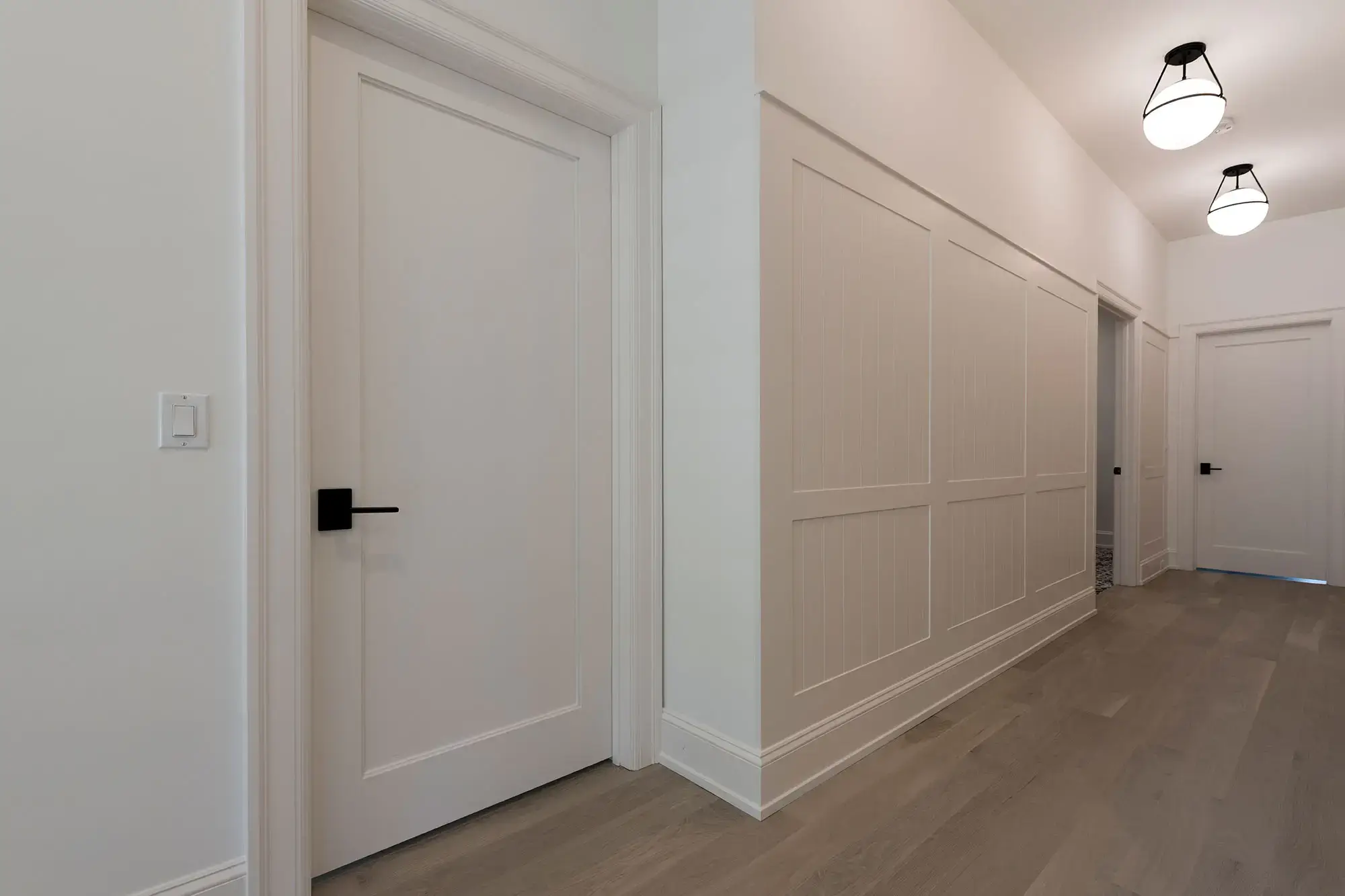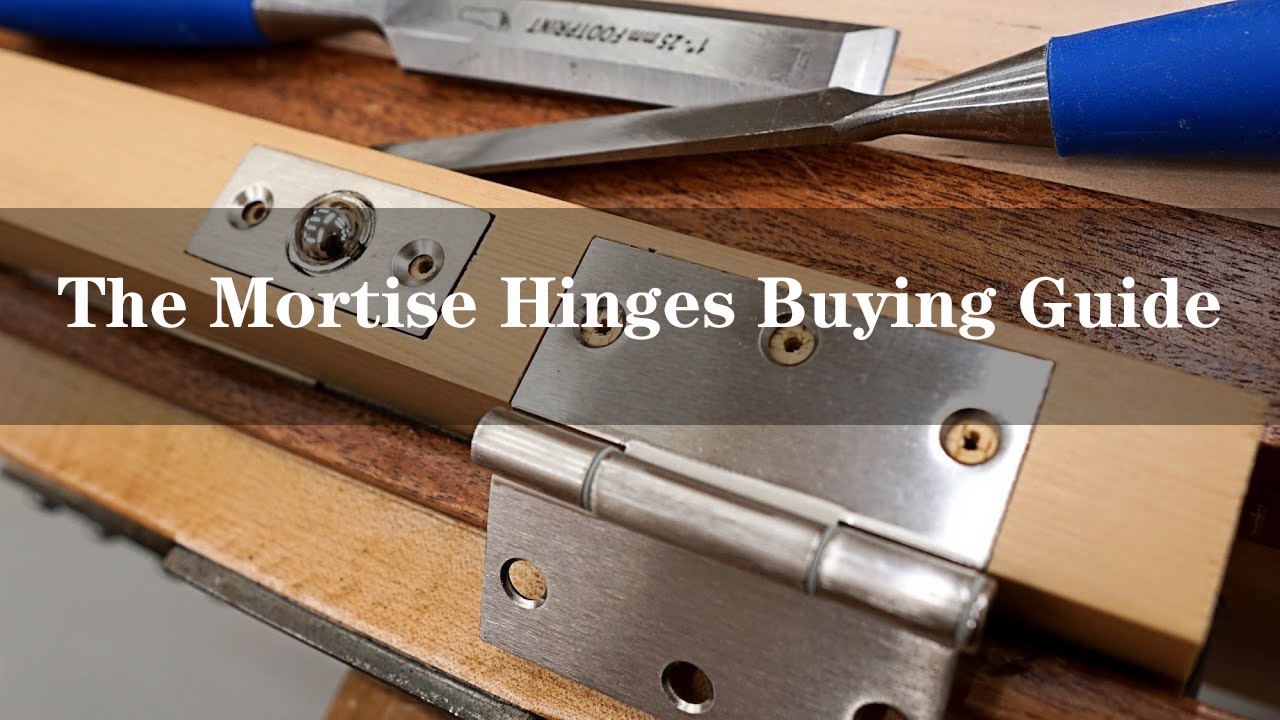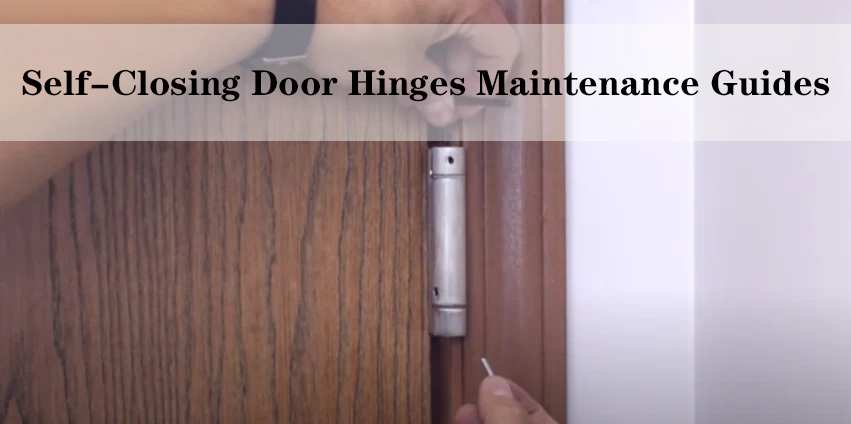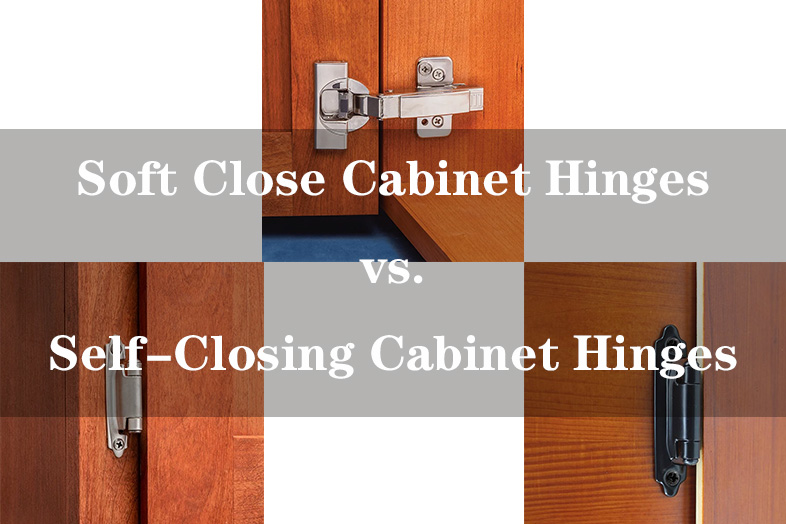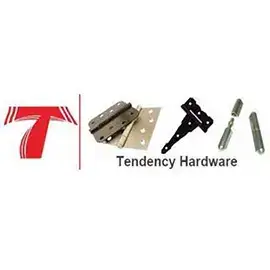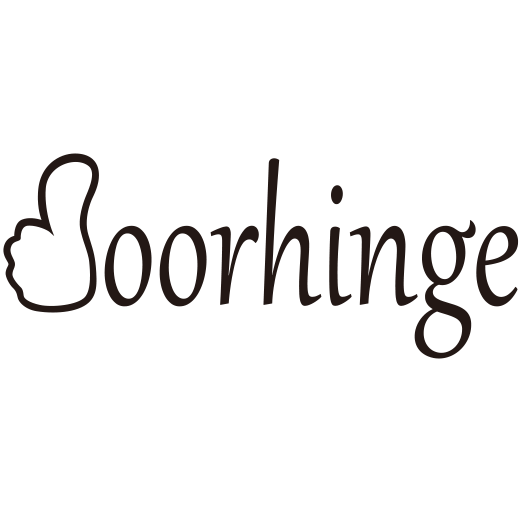Butt hinges may not be the most glamorous components in your home or office, but their functionality is essential for the smooth operation of doors. Proper maintenance of these hinges ensures longevity and efficiency, saving you from unnecessary repairs and replacements. This comprehensive guide will walk you through the steps to maintain your butt hinges for enduring performance.
Understanding Butt Hinges
Before we dive into the maintenance aspect, gaining a deeper understanding of butt hinges is crucial. Commonly used on doors in both residential and commercial settings, butt hinges are a fundamental hardware component that play a vital role in the daily operation of doors.
The Basic Structure
A typical butt hinge consists of two plates, known as leaves. These leaves are usually rectangular and have screw holes for attaching to the door and the door frame. The leaves are connected by a central pin (or pivot), which allows for the smooth opening and closing motion of the door.
Material and Construction
Butt hinges are made from a variety of materials including steel, brass, and stainless steel, each offering different aesthetic and functional qualities. For instance, brass hinges are often chosen for their decorative appeal, while stainless steel hinges are favored for their strength and rust resistance, especially in high-moisture areas.
Types of Butt Hinges
Plain Bearing Hinges: These are the most common type, ideal for light to medium-weight doors in residential settings.
Ball Bearing Hinges: Designed for heavier doors, these hinges have bearings between the knuckles to reduce friction, making them ideal for high-traffic doors.
Rising Butt Hinges: These are designed to lift the door slightly as it opens, which is useful in rooms with uneven floors or thick carpets.
Regular Cleaning
Step 1: Dusting and Wiping
Frequency and Technique:
Begin by incorporating the dusting of hinges into your regular cleaning routine. Ideally, dusting should be done at least once every two weeks to prevent the buildup of dust and debris. Use a microfiber cloth for effective dusting, as it traps particles without leaving residue. Gently wipe each hinge, paying special attention to the crevices where dust often accumulates.
Deeper Cleaning with Soap Solution:
For a monthly deep clean or when you notice visible dirt, prepare a mild soap solution. Use a gentle dishwashing liquid m
ixed with warm water – the warmth helps in breaking down grease and grime. Dip a cloth into the solution, wring it out thoroughly to ensure it’s damp, not wet. Excess moisture can seep into the hinge’s inner mechanisms, causing rust or corrosion over time. Wipe each hinge thoroughly, then use a dry cloth to remove any moisture.

Step 2: Dealing with Grime
Effective Tools:
When facing stubborn grime that regular dusting can’t remove, a soft-bristled brush or an old toothbrush comes in handy. These tools are gentle enough not to scratch the metal yet effective in dislodging tough dirt.
Technique:
Gently scrub the affected areas of the hinge. If grime is lodged in hard-to-reach spots, dampen the brush slightly with your mild soap solution. After scrubbing, ensure to wipe the area with a dry cloth to remove any moisture or residual dirt.
Precaution:
Avoid using abrasive materials like steel wool or harsh chemicals, as these can damage the finish of your hinges and cause more harm than good.
Lubrication: The Key to Smooth Operation
Choosing the Right Lubricant
Silicone-Based Lubricant or Light Machine Oil:
These are preferred as they provide smooth lubrication without attracting much dust and dirt. Silicone-based lubricants are also less likely to leave a residue.

Avoiding Heavy Oils:
Heavier oils might seem like a good idea for long-term lubrication, but they can attract and accumulate dirt and dust, leading to a grittier hinge over time.
Application Process
Applying Lubricant:
Apply a small amount of your chosen lubricant directly onto the hinge pin and along any visible moving parts. Be judicious with the amount – a little goes a long way.
Ensuring Even Distribution:
After application, open and close the door several times. This movement helps the lubricant penetrate deeper into the hinge mechanism, ensuring thorough coverage.
Cleaning Excess Lubricant:
Finally, wipe any excess lubricant from around the hinge. Excess oil can drip onto the door or floor, creating a mess and potentially attracting more dirt.
Tightening Loose Hinges
Loose butt hinges can lead to a range of problems, from a door that squeaks to one that doesn’t close properly. Over time, the constant motion of opening and closing the door can cause the screws in these hinges to loosen, leading to alignment issues and sagging.

Regular Checks
Make it a habit to inspect the tightness of hinge screws periodically. A simple hand test with a screwdriver can be sufficient. Ensure that each screw is snug against the hinge plate but be careful not to overtighten, as this can strip the screw holes.
Dealing with Persistent Loosening
If you find that the screws are continually loosening:
Replace the Screws: Sometimes, the issue can be resolved by replacing the old screws with new ones, preferably of the same size and length for a perfect fit.
Use Thread-Locking Compounds: For a more permanent fix, consider applying a thread-locking compound to the screws. This adhesive prevents the screws from loosening due to vibration or use. Apply a small amount to the screw threads before reinserting them.
Use Larger Screws: If the screw holes have become enlarged, you might need to use slightly larger screws. This provides a new grip area within the wood, securing the hinge more firmly.
Repairing Screw Holes: In cases where the wood is stripped, remove the loose screw, fill the hole with a wooden matchstick dipped in glue, or use wood filler. Once the filler dries, re-drill the hole and then reinsert the screw.
Rust Prevention and Treatment
Preventing Rust
Rust can significantly shorten the lifespan of butt hinges. To prevent it:
Regular Cleaning: Ensure hinges are kept clean and dry. Regular wiping can prevent the buildup of moisture and debris, which can lead to rust.
Appropriate Material Choice: In environments with high moisture, such as bathrooms or coastal areas, opt for rust-resistant materials like stainless steel or brass.
Treating Existing Rust
If rust does appear:
Early Intervention: Address rust spots as soon as they are noticed. The longer rust is left untreated, the more it will spread and corrode the hinge.
Gentle Removal: Use fine-grade steel wool or sandpaper to carefully remove rust. Be gentle to avoid scratching or damaging the hinge.
Follow-Up Care: After removing the rust, clean the hinge thoroughly. Apply a lubricant to protect it from future rust and ensure smooth operation.
Regular Inspection
A bi-annual inspection of your butt hinges can prevent many problems:
Check for Wear and Tear: Look for signs like bending, cracking, loosening, or rusting. These can indicate that the hinge is under excessive stress or deteriorating.
Test Door Alignment: Open and close the door several times to check for any alignment issues or unusual sounds that might suggest hinge problems.
Replacing Worn Hinges
When maintenance and repairs are no longer viable:
Assess the Damage: Determine if the hinge is beyond repair. Significant bending, breaking, or severe rust usually means replacement is needed.
Choose the Right Replacement: Select a hinge that matches the size and weight capacity of the old one. Ensure it is suitable for the door’s material and usage.
Professional Installation: Consider hiring a professional for hinge replacement to ensure correct installation, especially for heavy or frequently used doors.
Conclusion
Maintaining your butt hinges is a simple yet crucial part of home maintenance. Regular cleaning, lubrication, and inspection can greatly extend the life and performance of these essential components. By following these steps, you can ensure that your doors operate smoothly and efficiently for years to come. Remember, a little care goes a long way in preserving the integrity and functionality of your home’s hardware.
